Are cats simply adorable pets or do they hold a deeper significance in the realm of conservation?
As apex predators, these majestic felines play a vital role in maintaining the delicate balance of ecosystems around the world.
But beyond their beauty and grace, what exactly is the connection between cats and conservation?
Here, we will explore the multifaceted aspects of feline conservation efforts, shedding light on their significance, the challenges they face, and the ongoing battle to ensure their survival.
Get ready to embark on a journey to uncover the remarkable stories of these feline ambassadors and the crucial efforts being made to protect and preserve their habitats.
Good To Know
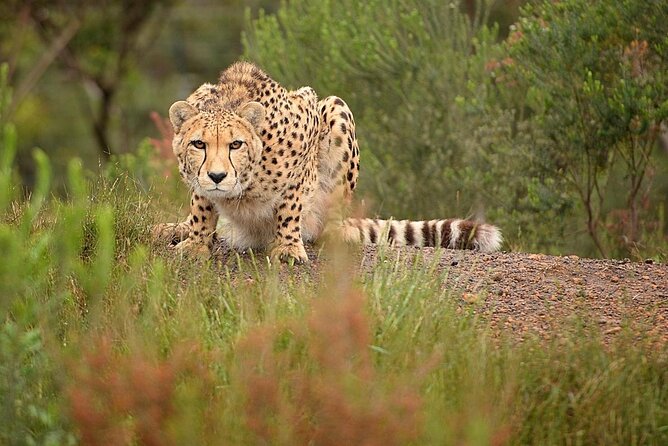
- Conservation efforts for wild cats are crucial to protect the delicate balance of ecosystems and ensure the sustainability of natural resources.
- Human-wildlife conflict and habitat loss due to human activities are major threats to wild cat populations, highlighting the need for sustainable solutions.
- Cats play a vital role in maintaining the balance and health of ecosystems, but domestic cats can pose a threat to native wildlife.
- Effective conservation strategies include habitat protection, anti-poaching measures, captive breeding programs, and addressing human impact on cat habitats.
The Importance of Conservation
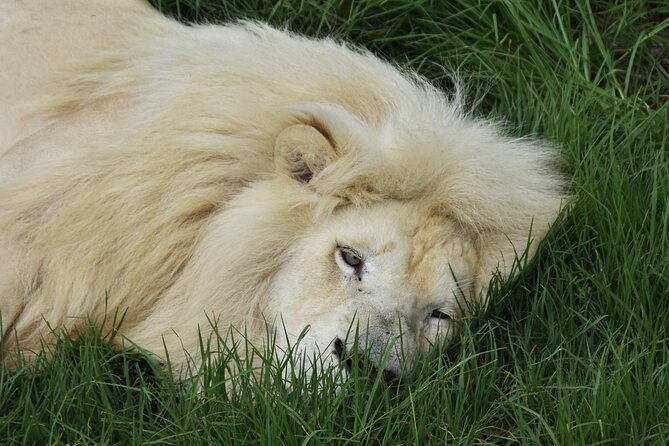
Conservation plays a vital role in preserving the delicate balance of our planet’s ecosystems. Not only does it protect and restore natural habitats, but it also has significant economic impacts. Conservation efforts create jobs and stimulate local economies through activities such as wildlife tourism, sustainable agriculture, and eco-friendly practices. By protecting biodiversity and ensuring the sustainability of natural resources, conservation contributes to the long-term well-being of communities.
Education also plays a crucial role in conservation. By raising awareness and providing knowledge about the importance of preserving our natural environment, education empowers individuals to make informed choices and take action. It fosters a sense of responsibility and encourages people to adopt sustainable practices in their daily lives.
On top of that, education equips future generations with the skills and knowledge needed to tackle environmental challenges and find innovative solutions.
Find more activities and experiences we've covered in Plettenberg Bay.
Threats to Wild Cat Populations
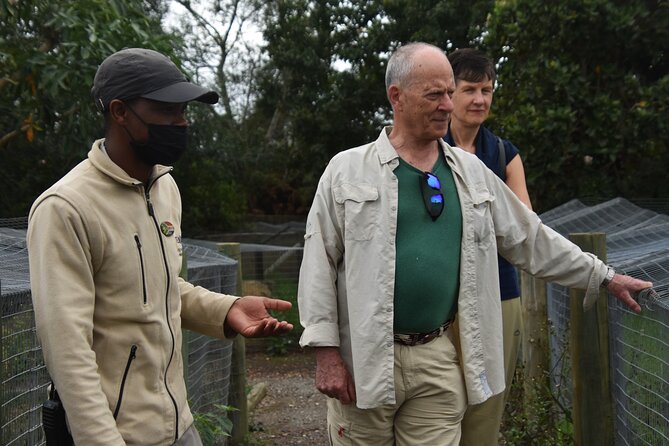
With the delicate balance of our planet’s ecosystems at stake, it’s crucial to understand the threats that wild cat populations face. One of the major threats is human-wildlife conflict, where the needs and activities of humans clash with those of the cats. As human populations expand and encroach upon natural habitats, the chances of conflict between humans and wild cats increase. This conflict can lead to the loss of both human and cat lives.
Another significant threat is habitat loss. As human activities such as agriculture, urbanization, and deforestation continue to destroy natural habitats, wild cats are left with less space to roam and hunt for food. This loss of habitat not only reduces their chances of survival but also disrupts the delicate balance of the entire ecosystem.
It’s crucial that we address these threats and work towards finding sustainable solutions to protect wild cat populations.
The Role of Cats in Ecosystems
Cats play a vital role in maintaining the balance and health of ecosystems. However, the impact of domestic cats on native wildlife can be significant.
Domestic cats, when allowed to roam freely, can pose a threat to small mammals, birds, and reptiles. Their hunting instincts and predatory behavior can disrupt natural food chains and contribute to the decline of certain species.
To address this issue, conservation strategies have been implemented to manage feral cat populations. These strategies include trap-neuter-return programs, where feral cats are captured, sterilized, and then released back into their original habitat. This helps to control their numbers and prevent further reproduction.
Plus, promoting responsible pet ownership, such as keeping cats indoors or in enclosed outdoor areas, can also reduce their impact on native wildlife and protect ecosystems.
Conservation Efforts for Wild Cats
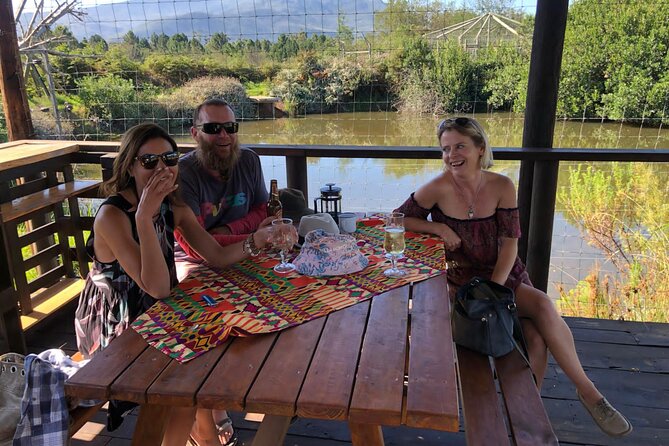
The efforts to protect native wildlife and maintain ecosystem balance extend beyond addressing the impact of domestic cats on the environment. Wild cat conservation plays a crucial role in preserving biodiversity and ensuring the survival of these magnificent creatures. Conservation strategies for wild cats focus on various aspects, including habitat protection, anti-poaching measures, and captive breeding programs.
| Conservation Strategies | Examples |
|---|---|
| Habitat Protection | Establishing protected areas and wildlife corridors to preserve natural habitats. |
| Anti-Poaching Measures | Implementing patrols and surveillance to prevent illegal hunting and trade of wild cats. |
| Captive Breeding Programs | Breeding endangered wild cats in captivity to increase their population and genetic diversity. |
These strategies aim to address the major threats faced by wild cats, such as habitat loss, poaching, and human-wildlife conflict. By implementing these conservation efforts, we can ensure the long-term survival of wild cats and maintain the delicate balance of our ecosystems.
Cat Species at Risk
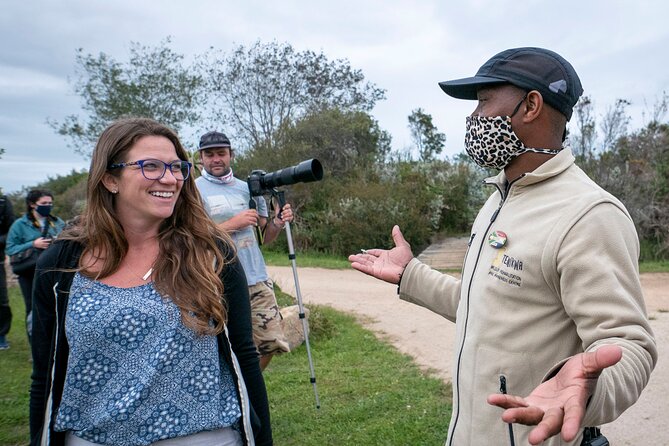
What factors contribute to the vulnerability of certain cat species?
The vulnerability of endangered feline species can be attributed to various factors, with human impact on cat habitats being a significant one. As human populations expand and encroach upon natural habitats, the available space for these cats diminishes, leading to habitat loss and fragmentation. This disrupts their natural behavior, restricts their access to prey, and increases their exposure to human-related threats such as poaching and road accidents.
Plus, human activities like deforestation, pollution, and climate change further exacerbate the challenges faced by these species. The combination of these factors puts cat species at risk, pushing them closer to the brink of extinction.
To effectively conserve these vulnerable species, it’s crucial to address and mitigate the human impact on their habitats.
Successful Conservation Stories
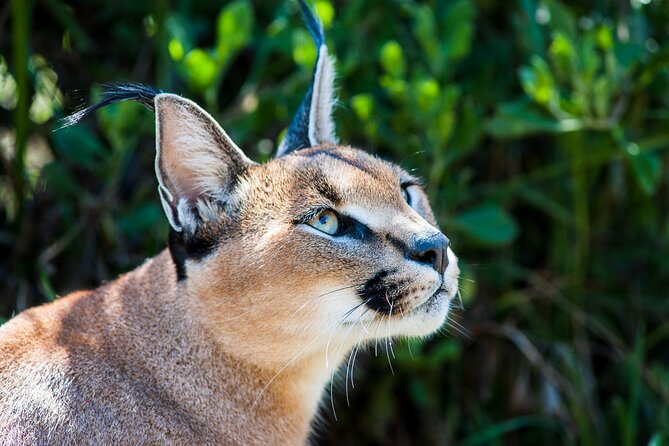
One remarkable success in the field of conservation is the reintroduction of critically endangered cat species into their natural habitats. This achievement has been made possible through successful conservation strategies and the positive impact of tourism.
Here are five examples of successful conservation stories:
The Iberian lynx, once on the brink of extinction, has seen its population increase thanks to targeted conservation efforts and the hotel of protected areas.
The Amur leopard, one of the rarest big cats in the world, has experienced a population rebound due to conservation measures such as anti-poaching efforts and habitat restoration.
The African lion population in the Okavango Delta has thrived as a result of community-based conservation initiatives that promote coexistence between humans and wildlife.
The Pallas’s cat, found in the grasslands of Central Asia, has benefited from conservation projects aimed at raising awareness and protecting its unique habitat.
The Florida panther, once facing extinction, has seen its numbers rise through captive breeding programs and habitat conservation efforts.
These success stories highlight the importance of implementing effective conservation strategies and the significant role that tourism can play in supporting and preserving endangered cat species.
How You Can Support Cat Conservation
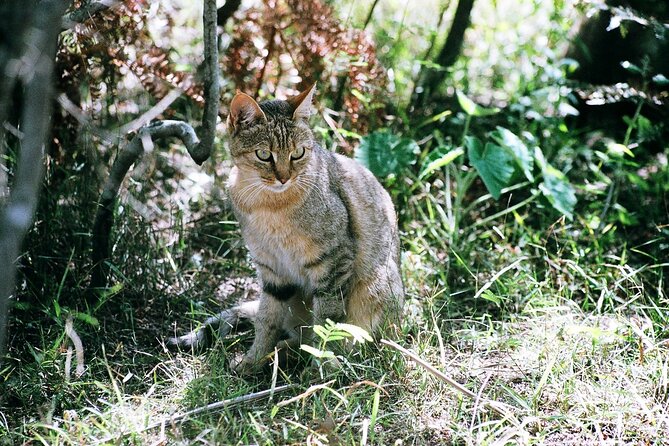
After witnessing the remarkable success of conservation efforts in reintroducing critically endangered cat species, it is important to explore the ways in which you can actively contribute to cat conservation. One way to support cat conservation is through the impact of tourism. By visiting conservation centers and participating in educational tours, individuals not only contribute financially to the conservation efforts but also raise awareness about the importance of protecting cat species. Plus, fundraising initiatives play a crucial role in supporting cat conservation. These initiatives can range from organizing charity events to donating directly to conservation organizations. By actively participating in fundraising activities, you can make a significant difference in ensuring the long-term survival of cat species.
| Ways to Support Cat Conservation | Description |
|---|---|
| Impact of Tourism | Visiting conservation centers and participating in educational tours to contribute financially and raise awareness |
| Fundraising Initiatives | Organizing charity events or donating directly to conservation organizations to support cat conservation |
The Sum Up
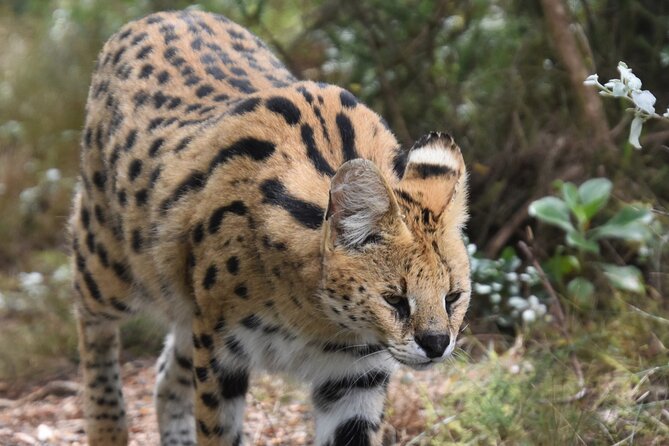
To sum it up, supporting cat conservation through tourism and fundraising initiatives is crucial for the long-term survival of these endangered species.
By visiting conservation-focused establishments like Tenikwa in South Africa, travelers can make a meaningful contribution to the preservation of cats in the wild.
In addition, zoos play a vital role in conservation efforts by providing a safe haven for endangered cat species and conducting breeding programs to increase their populations.
These initiatives not only help protect the cats themselves but also have a positive impact on local communities. The presence of conservation projects creates employment opportunities and promotes education and awareness about the importance of wildlife conservation.
On top of that, by supporting cat conservation, we’re ensuring the preservation of biodiversity and the delicate balance of ecosystems that these magnificent creatures are a part of.
Common Questions
What Is the Main Focus of the Conservation Efforts at Tenikwa?
The main focus of the conservation efforts at Tenikwa is on wildlife rehabilitation and conservation initiatives. They are dedicated to preserving and protecting the local wildlife, providing a safe haven for injured or orphaned animals.
How Does Tenikwa Contribute to the Conservation of Wild Cat Populations?
Tenikwa contributes to the conservation of wild cat populations by providing rehabilitation and release programs for injured or orphaned cats. They also work with local communities and schools to raise awareness and educate about the importance of protecting these species.
Are There Any Specific Cat Species at Tenikwa That Are Currently at Risk?
Yes, there are specific cat species at Tenikwa that are currently at risk. Through their conservation efforts, Tenikwa aims to protect and preserve these endangered species, ensuring their survival for future generations.
Can Visitors Actively Participate in the Conservation Efforts at Tenikwa?
Visitors can actively participate in Tenikwa’s conservation efforts through their interactive experiences. They have the opportunity to learn about and contribute to the protection of various species, making their visit both educational and impactful.
What Are Some Successful Conservation Stories That Tenikwa Has Been a Part Of?
Tenikwa has been part of several successful conservation stories, focusing on wild cat conservation. They have contributed to the preservation of currently at-risk cat species. Visitors can actively participate in these efforts at Tenikwa.
The Sum Up
To sum it up, cats play a vital role in conservation efforts, from controlling prey populations to boosting tourism and local economies.
However, these majestic predators face numerous challenges, including habitat loss and poaching.
Through dedicated initiatives and projects, scientists and conservationists are working tirelessly to protect and preserve their habitats.
It’s crucial that we support these efforts and ensure the survival of these captivating creatures for future generations.
Together, we can make a difference in the world of cat conservation.
More Tour Reviews in Plettenberg Bay
Looking for something different? Other Plettenberg Bay activities we've written about
- Monkeyland, Birds of Eden, Jukani – Animal Sanctuaries
- Guided Wildlife Tour and Forest Walk with Lunch Platter
- Plettenberg Bay: Dolphin and Marine Boat Tour
- 9 Best Tours In Plettenberg Bay
- 2 Best Bike Tours In Plettenberg Bay
- 2 Best Guided Tours In Plettenberg Bay
- 2 Best 2 Hour Tours and Experiences in Plettenberg Bay
- 2 Best Whale Watching Experiences In Plettenberg Bay
- 2 Best Canoe And Kayak Experiences In Plettenberg Bay
- Tsitsikamma PRIVATE TOUR – Full Day
- Quad Bike Fun Ride in The Crags, Plettenberg Bay
- Plettenberg Bay: Guided Forest Walk and Wildlife Tour
